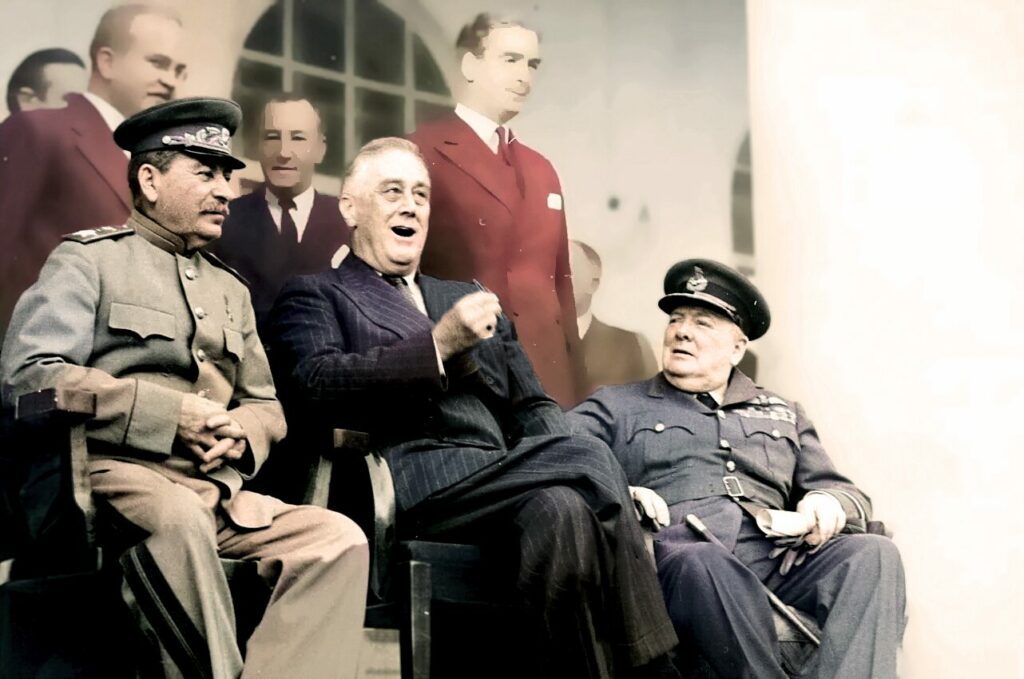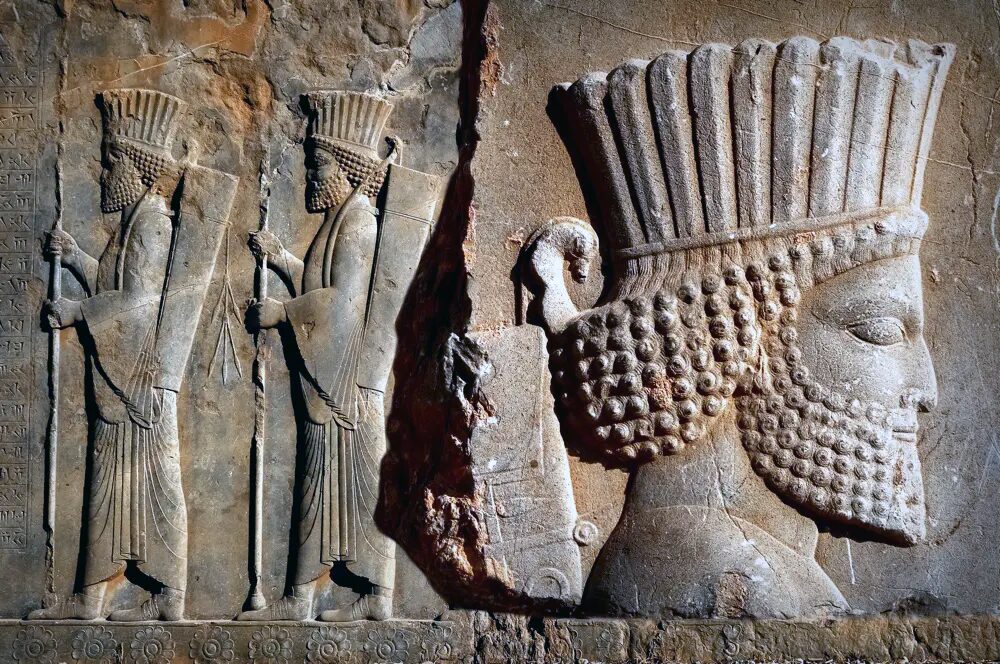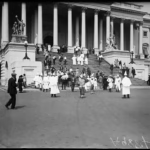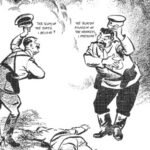New Perspectives on a Contested Legacy
In “The Last Shah: America, Iran, and the Fall of the Pahlavi Dynasty,” Ray Takeyh offers a meticulously researched and compelling narrative that challenges the conventional wisdom surrounding Mohammad Reza Pahlavi’s reign and the tumultuous history of Iran during the mid-20th century. This book stands out for its nuanced portrayal of a leader often depicted in starkly contrasting lights – as either a modernizing hero or a despotic villain. Takeyh’s work is a testament to the complexity of historical narratives, providing a more balanced and intricate understanding of the Shah’s legacy.

Mohammad Reza Pahlavi’s acceded the throne in 1941, when the British and the Soviets forced his father, Reza Shah, to give up power. Iran was deemed to be of great strategic importance because it was the main transport route for Allied supplies to Soviet Russia and it was feared that Reza Shah would join the Nazi cause if given the right opportunity. When a group of pro-Nazi Iraqis attempted to overthrow the government in neighboring Iraq, Reza Shah allowed their leader, Rashid Ali al-Gaylani, to flee to Iran on his way to Germany; confirming British and Soviet fears. Mohammad was not an ideal choice to replace his father, but there were no ideal choices available and he was the one person whom the Iranian people would most readily accept.
After the war the British and US removed their forces, as they had agreed to do, but the Soviets did not keep their word and tried to turn North Iran into a communist state, the Azerbaijan People’s Government. The area was placed under the control of Lavrenti Beria, one of Stalin’s most sadistic henchmen, violent measures were used to control the population, as the USSR was doing in Eastern Europe. International pressure from the newly created United Nations, with the backing of the United States, and the surprising boldness of the small Iranian Military convince Stalin to give up on Iran, for the time being, but his desire to see a Soviet Persia did not go away.
This episode is typically ignored in the standard story of Mohammad Reza Shah and his ties to the United States. American fears of Iran going communist were always dismissed as Cold War propaganda and paranoia in every college class I took, in which the subject came up. The other element to this often repeated, but misleading narrative, is the story of Mohammad Mossadeq, who became Prime Minister of Iran in the early 1950s. Mossadeq was, and still is, seen as a hero by many for nationalizing the Anglo-Iranian Oil Company, which sparked an international crisis with lasting implications for Iran’s sovereignty and its relationship with the West.
Takeyh challenges the simplistic portrayal of Mossadeq as a martyr of nationalism, highlighting his political missteps and authoritarian tendencies. The book also reexamines the CIA’s involvement in the 1953 coup, suggesting that while American actions were driven by Cold War dynamics, they were also influenced by a complex interplay of internal Iranian politics.
One point people always seem to bring up, as proof of America’s underhanded deviousness, is the fact that the CIA paid people to rally in the streets against Mossadeq. But the practice of paying people to march in the streets and foment opposition was common in Iran long before the Americans arrived, and Mossadeq himself had used this tactic to intimidate the Shah. Supporters of Mossadeq also ignore the fact that under the Iranian Constitution, the Shah was in charge of the military and the Shah had the power to dismiss the PM. Mossadeq’s efforts to get control of the military for himself and to not step down from his position when order to do so were illegal. A fact he admitted to at his trial, where he was ultimately sentenced to house arrest for the remainder of his life. This is not to say the Mossadeq deserved is fate or that every choice the US made in their commitment to the Shah was just. Not at all. This is to say that it was a messy situation with no clearly good and bad choices at every turn. And I appreciate Takeyh’s efforts to give much needed context to these events.
As the decades passed, the Shah embraced increasingly authoritarian practices and became less concerned with prudent management of the nation’s resources. He also attempted to push modernization with little regard to public sentiment and became more and more out of touch with the public. In 1971, the Shah hosted an extravagant celebration to mark the 2,500th anniversary of the Persian Empire. The elaborate festivities, held at the ancient ruins of Persepolis, cost an estimated $200 million at the time. While meant to showcase Iran’s glorious heritage, the ostentatious display was widely criticized as the nation’s wealth was spent on opulent tents, catered meals, and dramatic light shows while many Iranians lived in poverty. The event highlighted the Shah’s disconnect from the economic realities facing much of his population and foreshadowed the growing unrest that eventually led to his downfall.

The popular uprising of the late 1970s, combined with international pressures, ultimately forced the Shah to flee Iran in 1979; finally ending the tradition of Persian kingship that went all the way back to its founder, Cyrus the Great in 550 BCE. Iran had survived repeated foreign conquests and maintained a distinct identity as one of the world’s most ancient civilizations, but it took a sharp turn in a new direction with the last Shah’s departure, become the world first Islamic Republic and forever severing itself from Persia’s monarchic past.
Ray Takeyh’s “The Last Shah” provides vital insights into the man at the center of this story and illuminates the complex confluence of forces that led to his downfall. Through meticulous research and a balanced approach to history, Takeyh’s work provides a comprehensive account that will enrich your understanding of Iran, the United States, and the twentieth century.













Leave a Reply